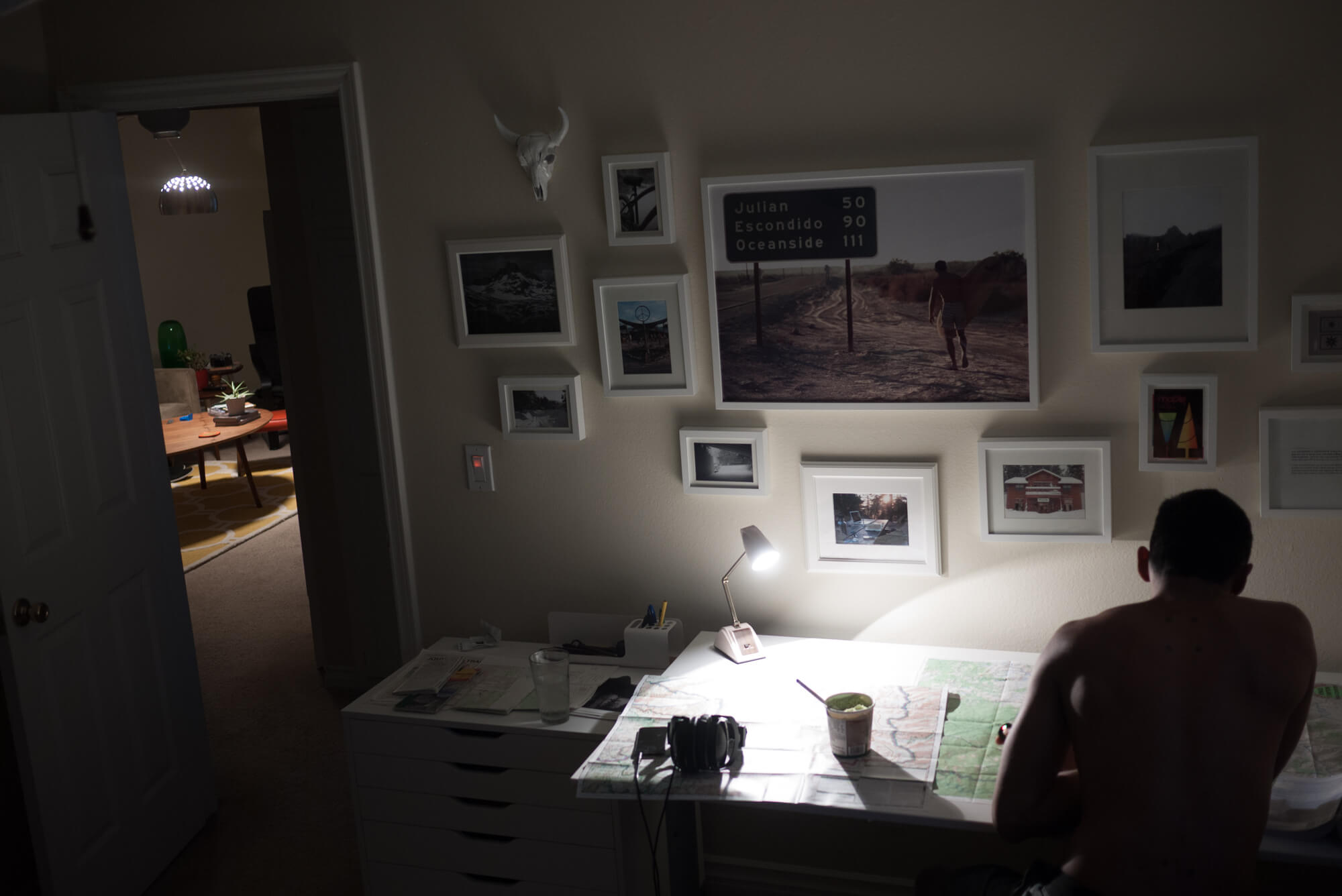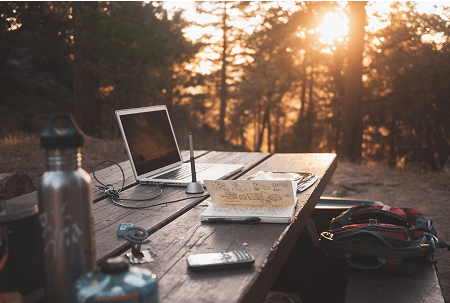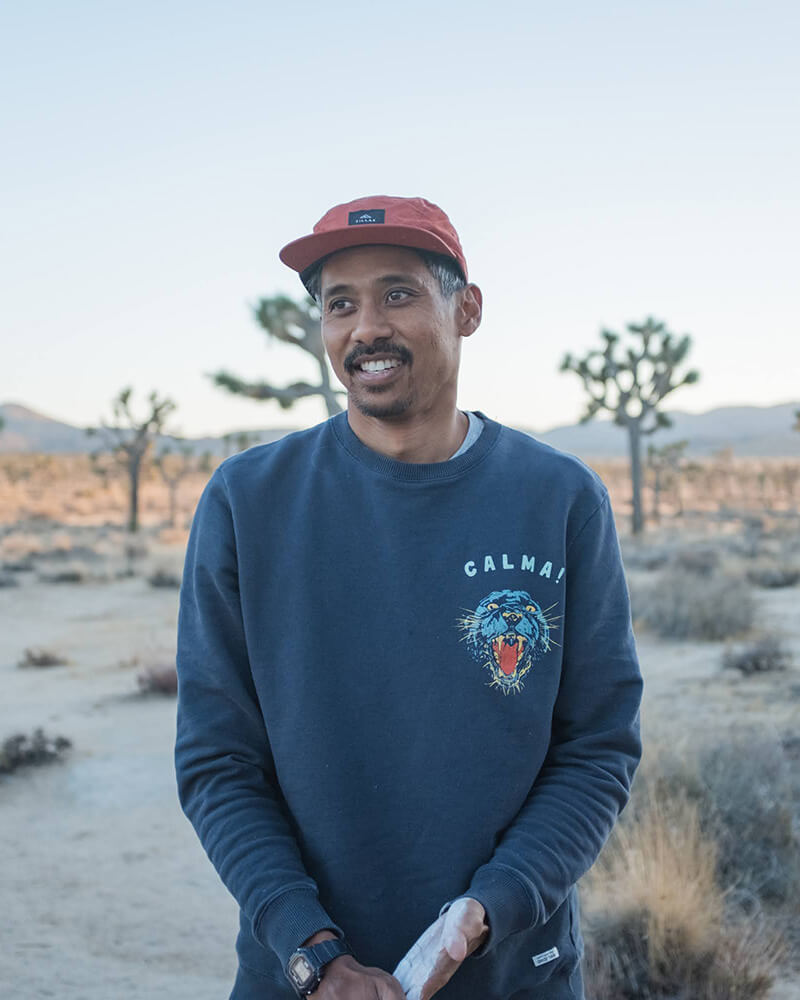Zen Ecosystems
Project
Application Design
Energy Management and Demand Response, IoT
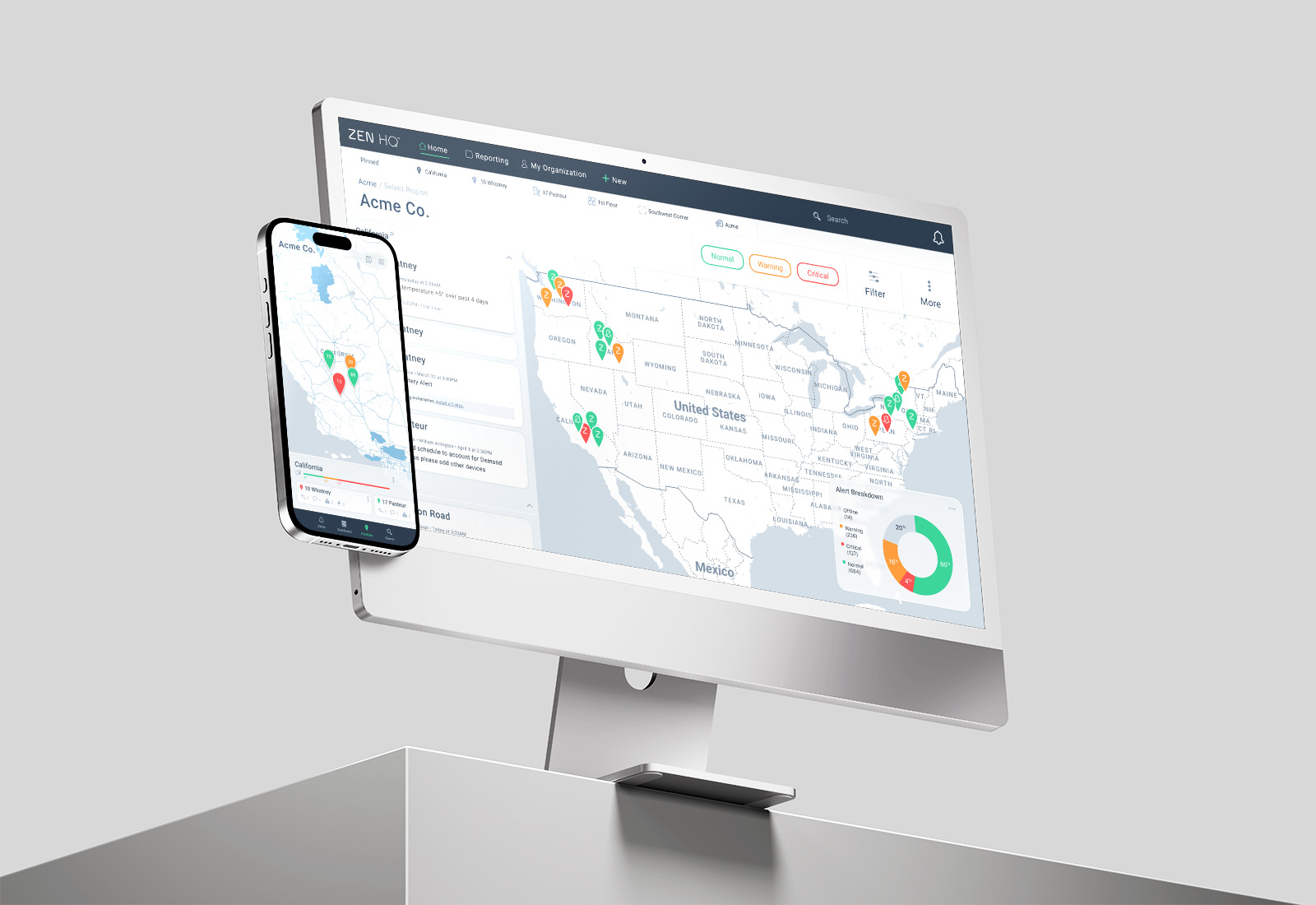
01
Application design across web and mobile
02
Usability, information architecture, and UI guidelines
03
My role: Product design lead for UX and UI
In my work with Zen Ecosystems, I led product design across web and mobile to tackle navigation friction, clarify role expectations, and align patterns into a lightweight design system for a smart energy and demand response platform.
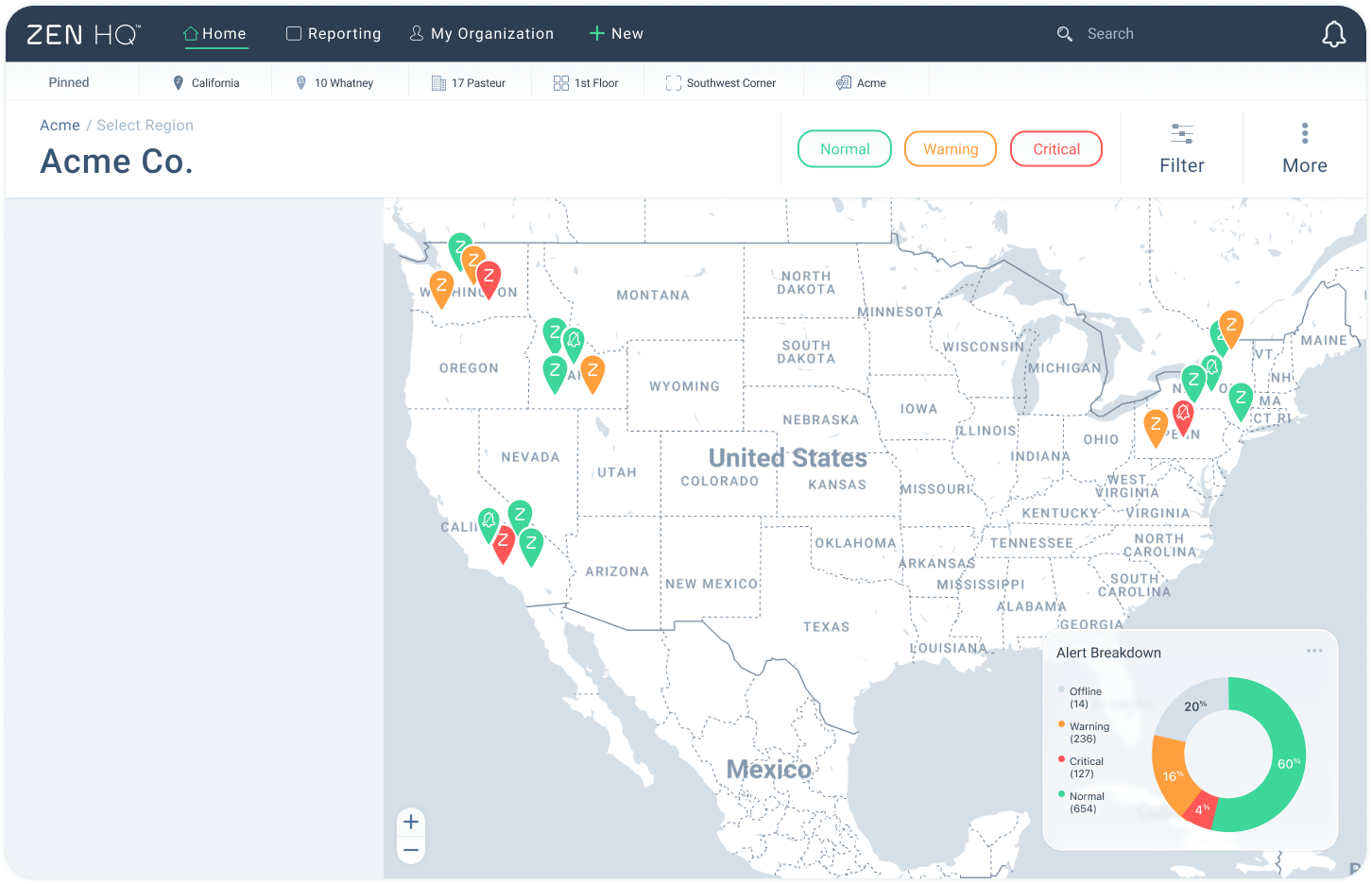

Process
I combined contextual inquiry with task analysis, observing internal and external users as they executed real workflows across roles. I mapped jobs and permissions, reorganized information architecture to clarify entry points, and iterated with wireframes and prototypes. I then codified UI guidelines to unify typography, color, spacing, and component behaviors across surfaces.
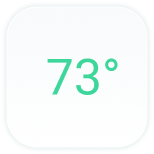
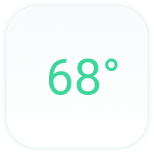

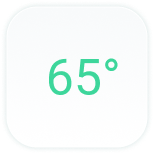


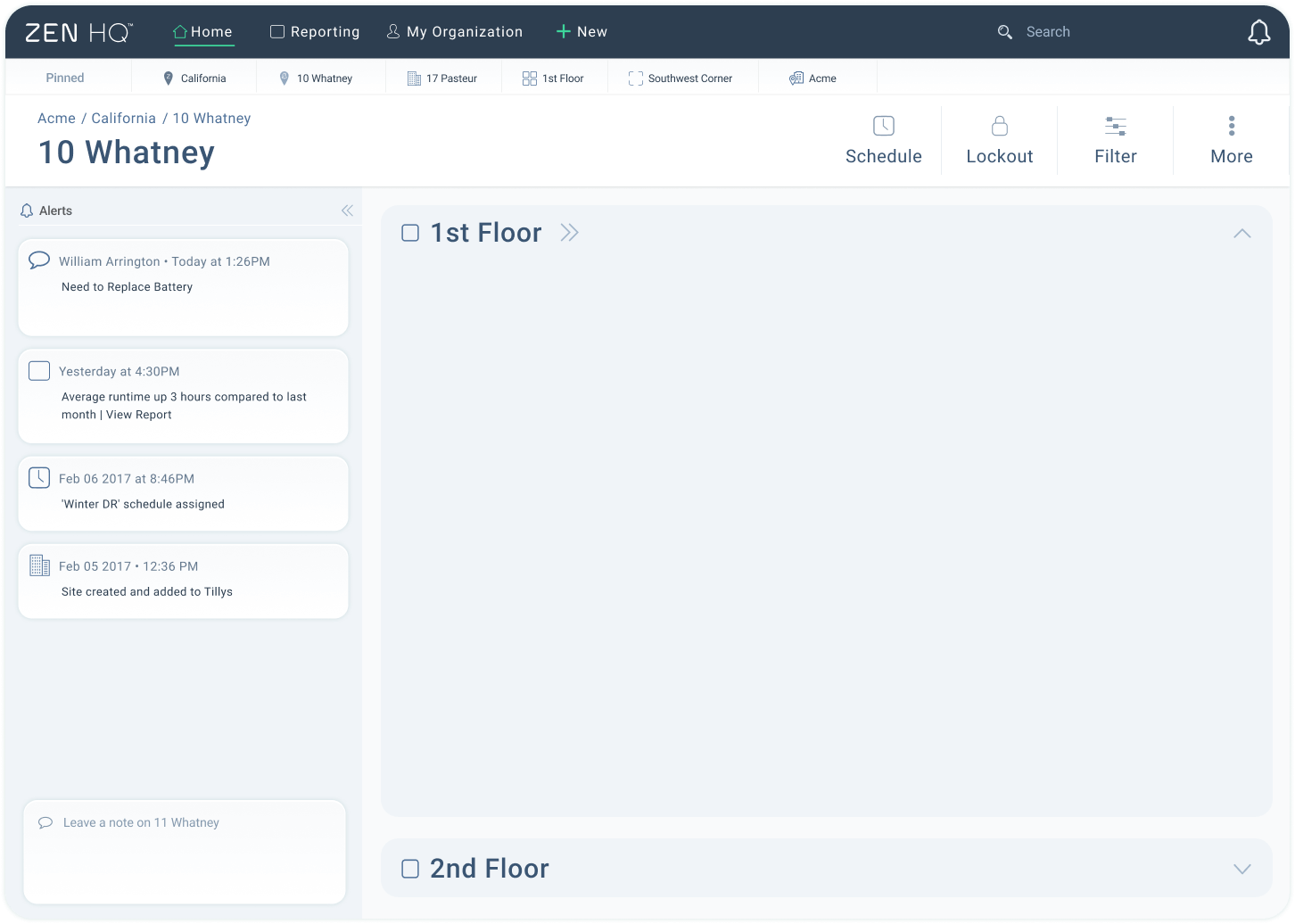
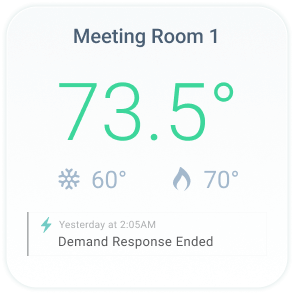

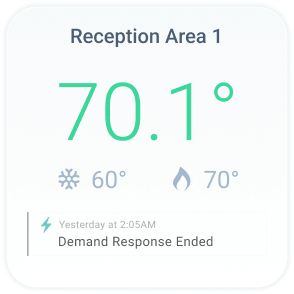



Key Findings
Users routinely struggled to answer immediate operational questions. The application mixed responsibilities across roles, buried status signals, and split patterns between web and mobile. People lost time determining what was happening now, what was scheduled next, and which locations or devices needed attention.


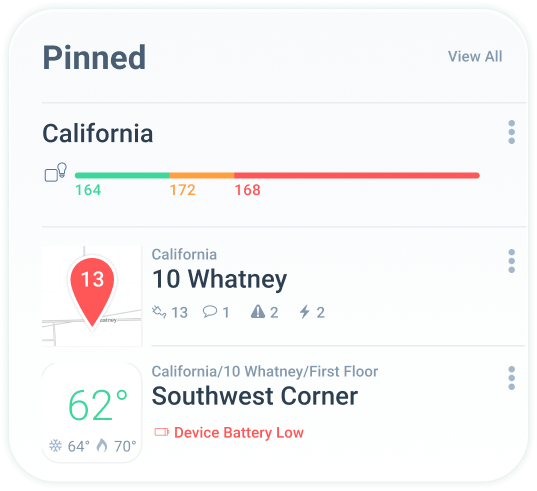
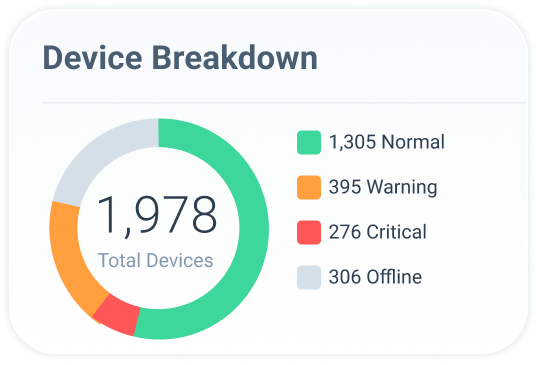

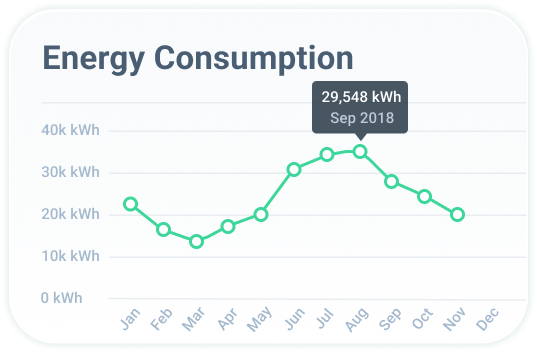
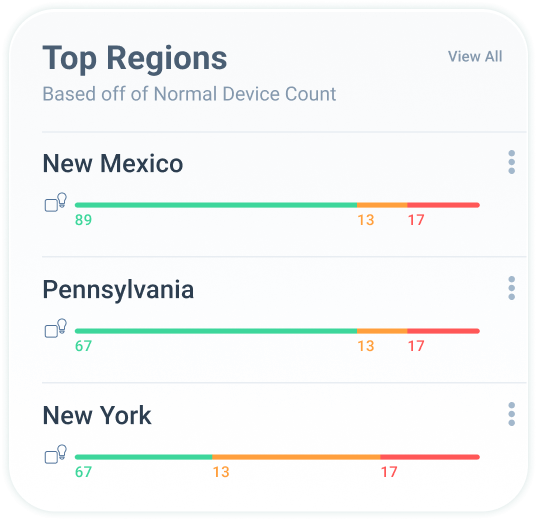

Design Influence
I restructured navigation around role‑based priorities, introduced clear status signaling for live conditions, schedules, and alerts, and clarified the hierarchy from portfolio to site to device. On mobile, I defined a single‑task, quick‑triage pattern set, aligning with shared components so the experience felt coherent across platforms.
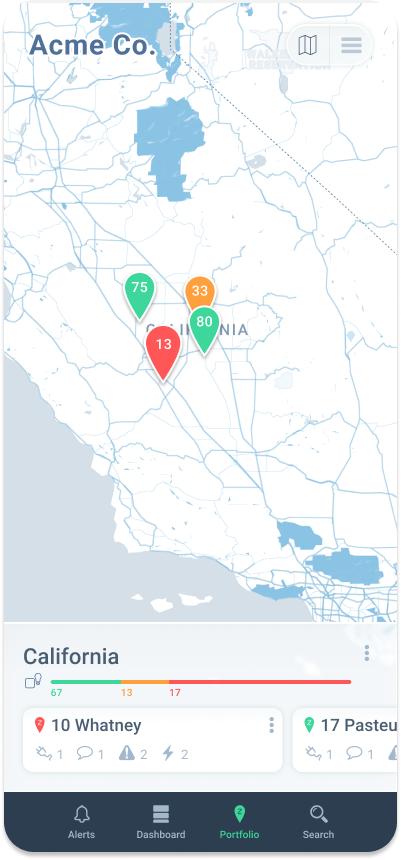

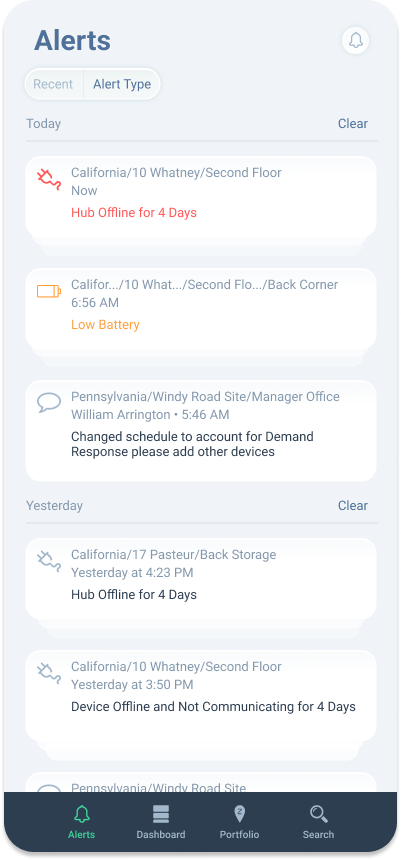
Outcome
The work delivered faster wayfinding for common role tasks, reduced inconsistency through shared components and a UI kit, and a clearer mental model of portfolio → site → device validated in sessions. Documentation supported engineering handoff and internal adoption. Proprietary metrics are omitted for confidentiality. MYSA later acquired Zen Ecosystems to expand into commercial energy management, and MYSA’s CEO specifically praised Zen’s “amazing product design.”

